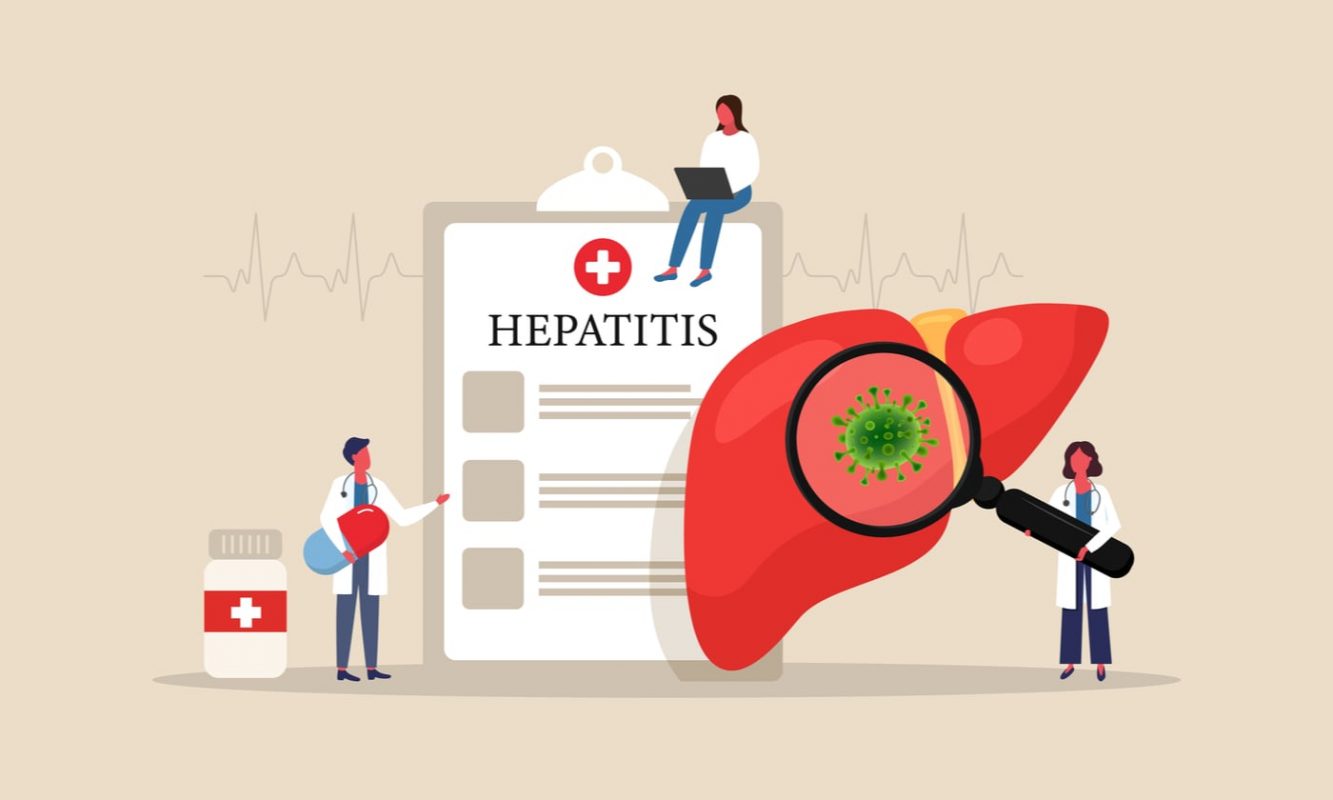Hepatitis
Hepatitis B Quick Facts
What is hepatitis B?
Hepatitis B is a major global health problem that can cause both acute (short-term) and chronic (long-term) liver disease (1).
How does hepatitis B spread?
In regions of the world with the highest rates of hepatitis B, perinatal transmission (mother to child at birth) is the most common mode of transmission. Horizontal transmission (exposure to infected blood), especially from an infected child to an uninfected child under the age of five years is also common (1).
Hepatitis B can also spread through needle stick injury, tattooing, piercing, sharing drug needles and syringes, and other exposures to infected blood, saliva, vaginal, and seminal fluids. Sexual transmission can occur, with more common occurrences in men who have sex with men, heterosexuals with multiple sex partners, and sex workers (and their clients) (1).
What are the symptoms of hepatitis B?
Many individuals with acute hepatitis B remain asymptomatic and are unaware they are infected. However, it is still possible for viral transmission to occur even in the absence of symptoms. In symptomatic individuals, yellowing of the skin or eyes, nausea, vomiting, abdominal pain, dark urine, and fatigue can last several weeks or persist for up to six months (1).
In some individuals, hepatitis B can develop into a chronic infection. This is common in infants and young children but rare (less than 5%) in adults. Chronic hepatitis B can develop into cirrhosis or liver cancer (2). Symptoms can include:
- Fatigue
- Weakness
- Lower leg swelling
- Yellow skin
- Fluid accumulation in the abdomen
- Spider-like blood vessels on the skin
- Nausea
- Indigestion
- Pain at the top right of the abdomen or in the right shoulder (referred pain)
Who is at risk of hepatitis B?
Groups that have an increased risk of hepatitis B include:
- Children of hepatitis B-positive mothers
- Individuals who frequently require blood or blood products
- Dialysis patients
- Incarcerated persons
- Injectable drug users
- Close contacts of hepatitis B-infected individuals
- Individuals with multiple sexual partners
- Healthcare workers
How is hepatitis B diagnosed?
Hepatitis B diagnosis is by laboratory analyses from a blood sample. The most commonly detected component is the hepatitis B surface antigen (HBsAg). This can be detected within 30 to 60 days after infection, and remains detectable during both acute and chronic infections.
How is hepatitis B treated?
There are no specific treatments for an acute infection. Maintaining an adequate nutritional and fluid intake is important, particularly as additional fluids may be lost through vomiting and diarrhea.
Medications are available for chronic hepatitis B, but only 10% to 40% of individuals with chronic hepatitis B will require treatment. These medications suppress the replication of HBV, thereby slowing the progression of cirrhosis and reducing the risk of liver cancer, but they generally do not cure an HBV infection, so must continue for life (1).
A very effective and safe vaccination for hepatitis B is available. This vaccine induces protective antibody levels in more than 95% of individuals, with protection lasting for at least 20 years and probably lifelong.
References:
1. Hepatitis B, World Health Organization. July 2020.
2. Hepatitis B Questions and Answers for Health Professionals. CDC. July 2020.

